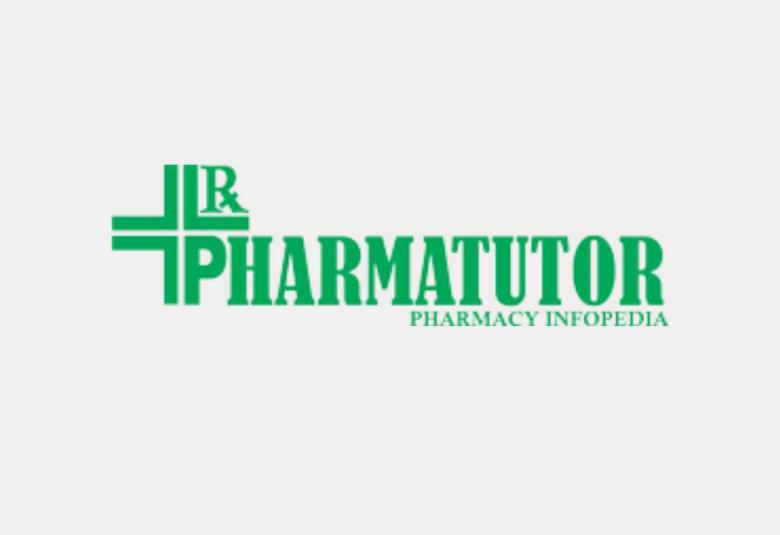ABOUT AUTHORS:
Jyoti Malik
Hindu College of Pharmacy,
Sonepat, Haryana
jyotimalik127@gmail.com
ABSTRACT:
There was a need for delivery systems that could maintain a steady release of drug to the specific site of action. Therefore, drug delivery systems were developed to optimize the therapeutic properties of drug products and render them more safe, effective, and reliable. In comparison with many of the other drug delivery systems, implantable pumps and implants for variable rate delivery are at a crude stage of development. Although the typical implantable pump consists of different mechanisms to regulate drug delivery. The benefits most often provided by the dosage form are expected to be 1) Implantable devices allow site specific drug administration where the drug is needed most. Examples include implants used in the treatment of brain tumors or prostate cancer. This may also allow for significantly lower doses of the drug, which can minimize potential side effects. 2)Implantable devices allow for sustained releaseby the zero-order release rate of a therapeutic agent. The major advantages of these systems contain targeted local delivery of drugs at a constant rate, fewer drugs required to treat the disease state, minimization of probable side effects, and better efficacy of treatment. Due to the development of such sustained release formulations, it is now possible to administer unstable drugs once a week to once a year that in the past required frequent daily dosing.











